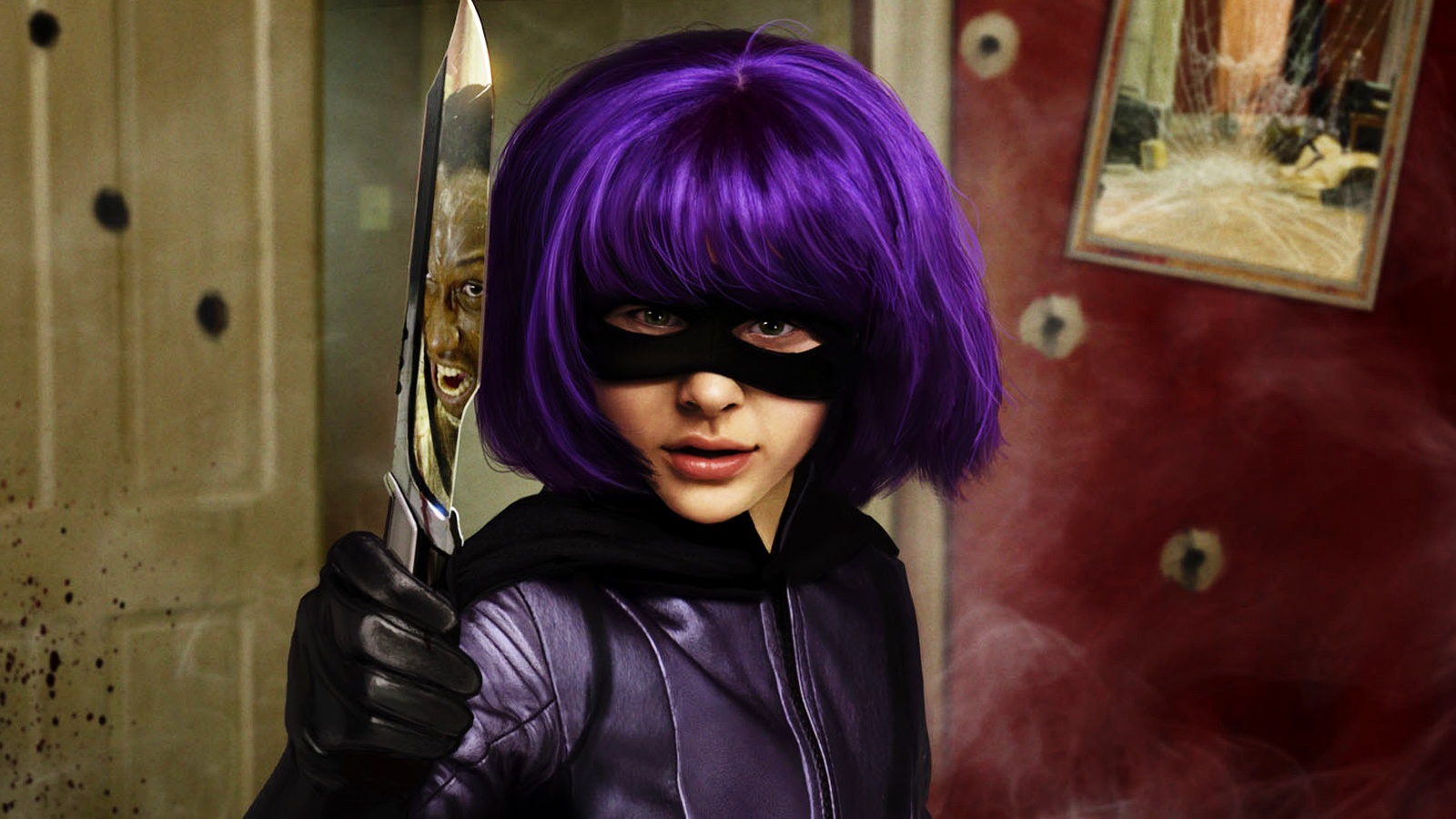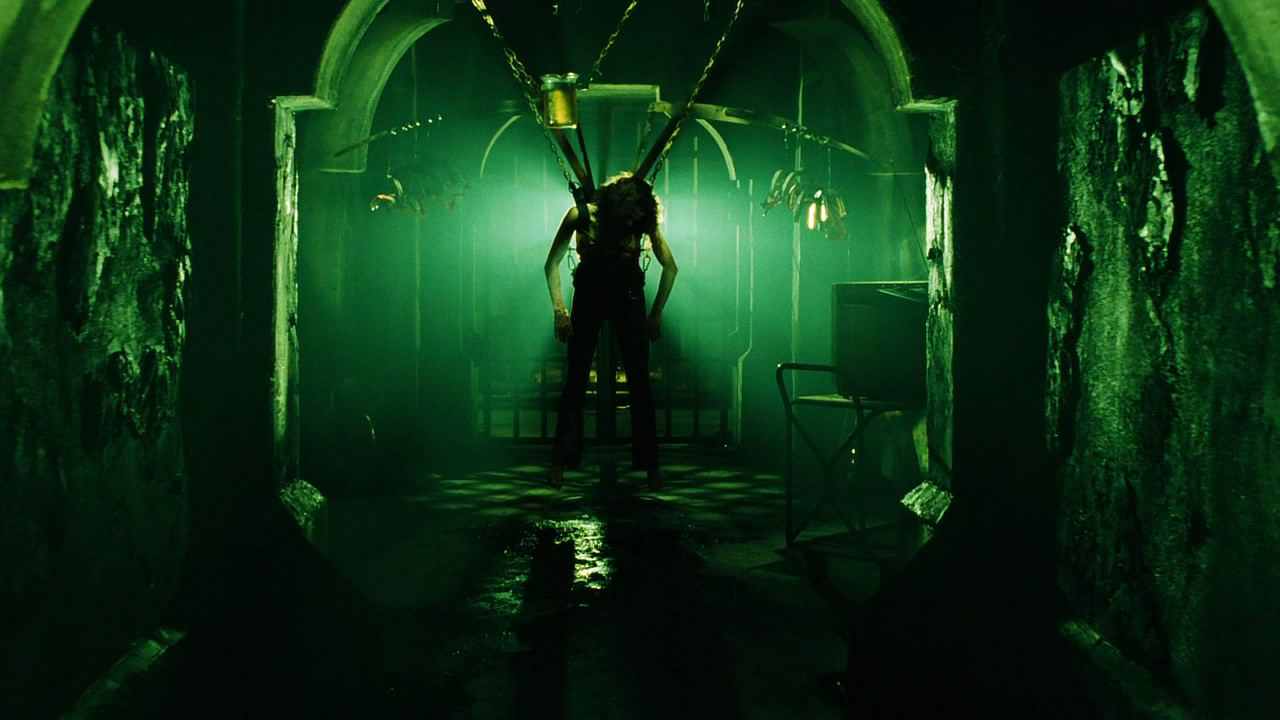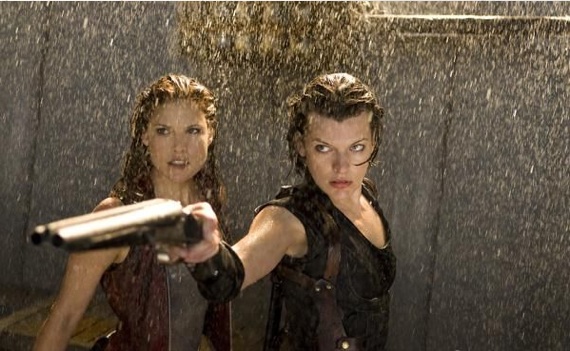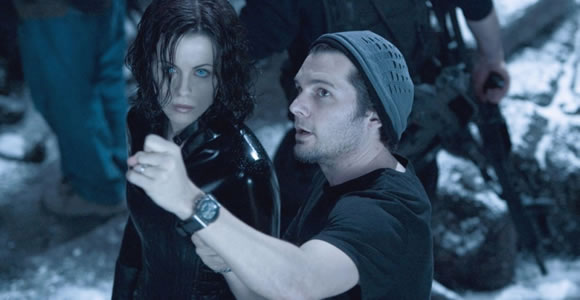Qualifying a film to “cult” status is a matter of debate. Typically, they are films that could rarely compete (financially) in a summer market and are usually not viewed as having a mass-market appeal. Some have instant appeal to recruiting fans (Kick-Ass) while others take time and fans hammering others into screenings (The Boondock Saints). Some even have to be so-bad-they’re-good, like nearly any of Ed Wood’s films. Regardless of genre or box-office tally, one universal trait to a cult film is the pure, unadulterated dedication of the fans to said film.
Sometimes, that dedication is enough to warrant follow-up films, as was the case for the “Underworld” series that released its fourth entry, Underworld: Awakening, over the weekend and earned the top spot at the box office. Combined with 3D ticket sales and near-guaranteed strong numbers overseas—not to mention “Awakening” wasn’t the worst of the series—expect this series to stay alive for another round. And how do they do that, especially when the “Underworld” series isn’t known for quality on nearly any level?
*Note: a cult-film is also (largely) a matter of opinion. Any films referenced below may qualify as a cult-film to this writer but not to you. If that is the case—deal with it.

Less (Money) is More
Yes, you've got to spend money to make money, but that doesn’t mean you have to go crazy. The first “Underworld” only had a budget of $20 million (it showed) and Resident Evil ran for $33 million. Saw was made for just over $1 million. Kick-Ass only took $28 million. Drive (released last year and already a cult film) cost only $15 million. The first Alien was made on $11 million. Evil Dead cost near $400,000, albeit in 1981. It still earned its stripes as cult classic, spawning more films and a religion dedicated to Bruce Campbell in years to come.
All of the above films and more were made on micro-budgets by industry standards and all of them have (more than) made a profit in their respective numbers. In a sense, the low-budget nature of cult films is part of their appeal, especially to film nuts. The fact that such stories, settings, characters, scope, etc. can come from fairly limited means is engaging and takes away the allure of moviemaking as being purely for the $100-million-plus club of filmmakers. A limited-budget film carries the image of an “everyman” of the film world—at least one that doesn’t appear as interested in box-office tallies as the bigger productions do. This is an image viewers can attach themselves to, putting asses in theater seats (or the couch) and making back that limited budget very, very quickly.

Horror Doesn’t Hurt
If there were only one genre to claim has the most dedicated of fans, horror is it. In recent years, especially with the likes of the “Underworld,” “Resident Evil” and “Paranormal Activity” series, this has expanded more into an affinity for the supernatural but at the core of any of these comes the element of horror filmmaking. The advantages to this genre is that expectations are set low (so they’re easily met) and budgets oftentimes match this low-bar, which makes it an easy investment for studios to get their money back on, so they're eager to reinvest.
It also doesn’t hurt that horror films are often the most playful, albeit jarring of genres out there. They have few boundaries (literally) and can be about more than just jump tactics: they toy with social mores (Dawn of the Dead), technological advances (Shivers) and the psychology of dreams (“Nightmare on Elm Street” series) to name a few. They go outside the norm of everyday life and sometimes, that is what movies are all about. No wonder they see strong repeat viewings and international numbers and when made for relatively little money, why wouldn’t you make a sequel? After all, you didn’t make a horror film for the sake of integrity.

Ladies First
Underworld, Resident Evil, The Girl with the Dragon Tattoo, Kick-Ass, Kill Bill … we like it when ladies take the lead. Not saying that is a deal-breaker, but it doesn’t hurt to have female leads that don’t get pushed to the sidelines of the movie—bonus points if they can stack up a serious body count. If you’re The Descent, you get double bonus points if they turn on each other!
More often than not, women in film have largely been pigeonholed as having little ambitions or purpose other than a plot device to bring the (male) protagonist against the primary antagonist; oftentimes they have little to no means of defending themselves. See Kirsten Dunst in the first three “Spider-Man” films and watch female characters get pushed a step back.
The badass gal is not new to film and has endured various forms since the early days of movies. The image of the renegade female is one (often) built on intelligence, sexuality and/or ultimately power not often afforded their sex in a male-dominated industry, let alone the world at large. As the years marched on, these women would add physical prowess to their resume, taking on mob bosses, ninjas, zombies, vampires, serial killers aliens and David Caradine (to name a few) with unabashed, delightful violence. In a market dominated by men, these ladies (and their respective films) thrive on having broken the mold to varying success.

Keep It in the Family
It helps to have a little stability, even if you’re a film series. Although no series can claim the same (original) players for every single installment, it helps if they are involved with each entry in some way. The “Underworld” series started under the direction of Len Wiseman, who has directed two out of four films while acting as a producer and writer for every edition; series star Kate Beckinsale has appeared (in some capacity) in all four films.
Paul W.S. Anderson brought the highly successful Resident Evil to life as the director. As a result, the series has spawned four sequels that have continued adventures of Alice (Milla Jovovich), two of which—including this year’s Resident Evil: Retribution—Anderson directed himself and all of which he had a hand in writing and producing.
The “Saw” series brought seven (that’s seven) films to theaters, all of which were produced by Mark Berg (since the first film) and featured serial killer Jigsaw (Tobin Bell), who continued to play a role after having died four times (or something). Consistency is key both in front of and behind the camera. Audiences are often reactive creatures, and like seeing the characters who started it all continue their stories. Having the men and women behind the camera, who brought the original concept to the screen, might not help the overall quality of future installments, but at least leave a sense of consistency.